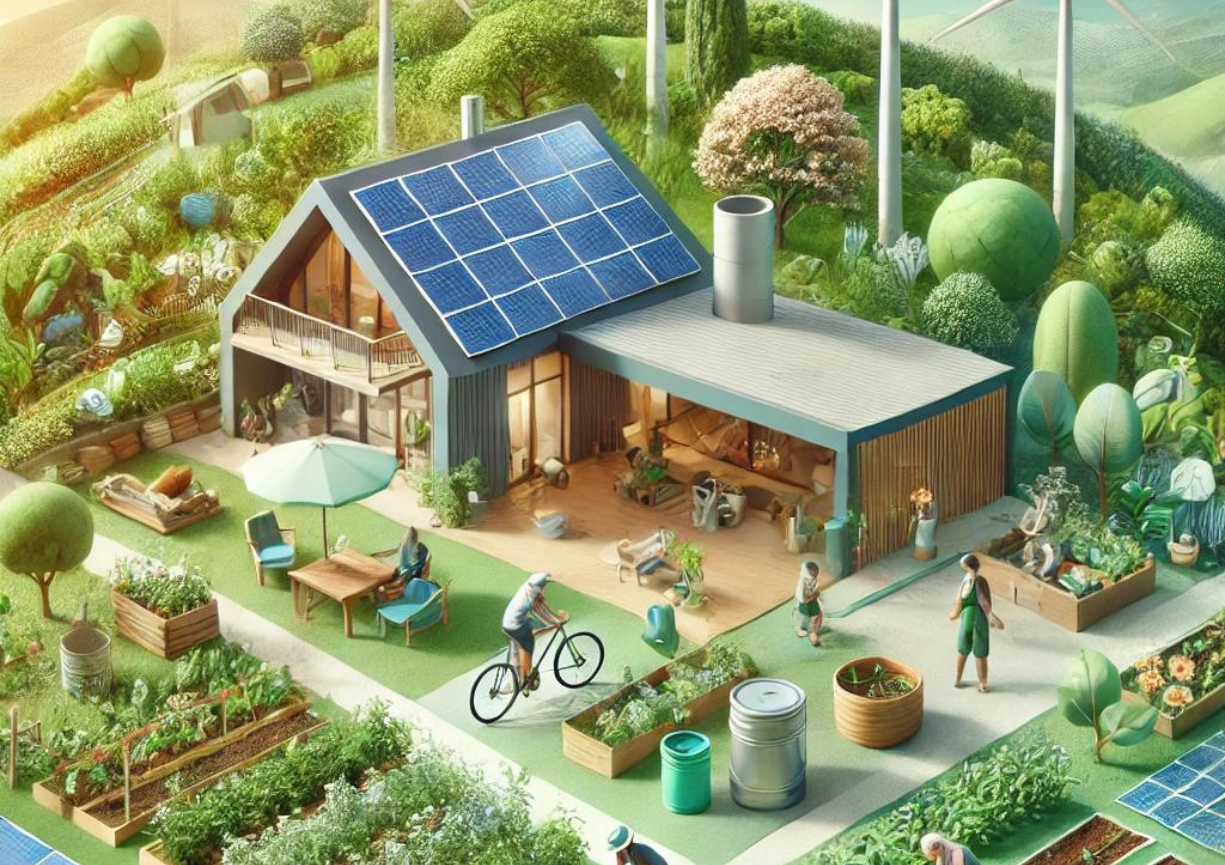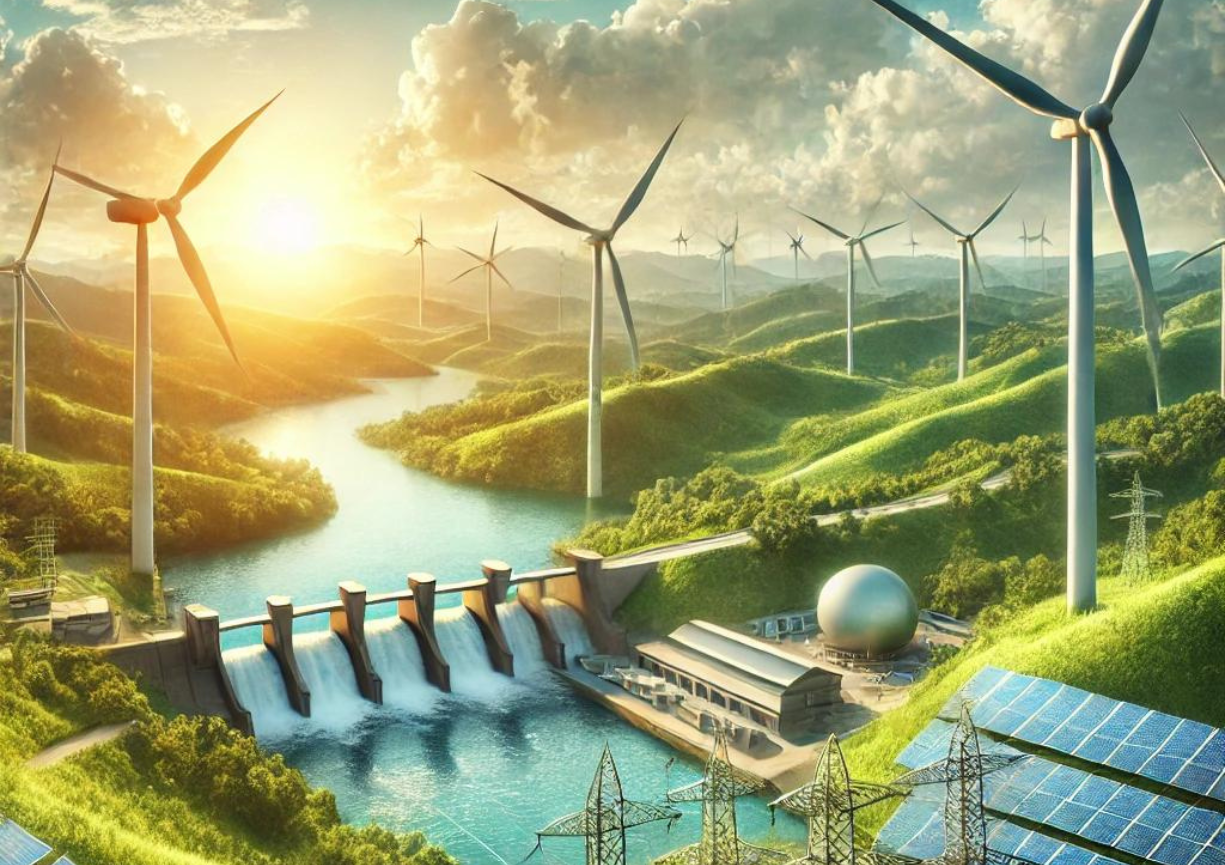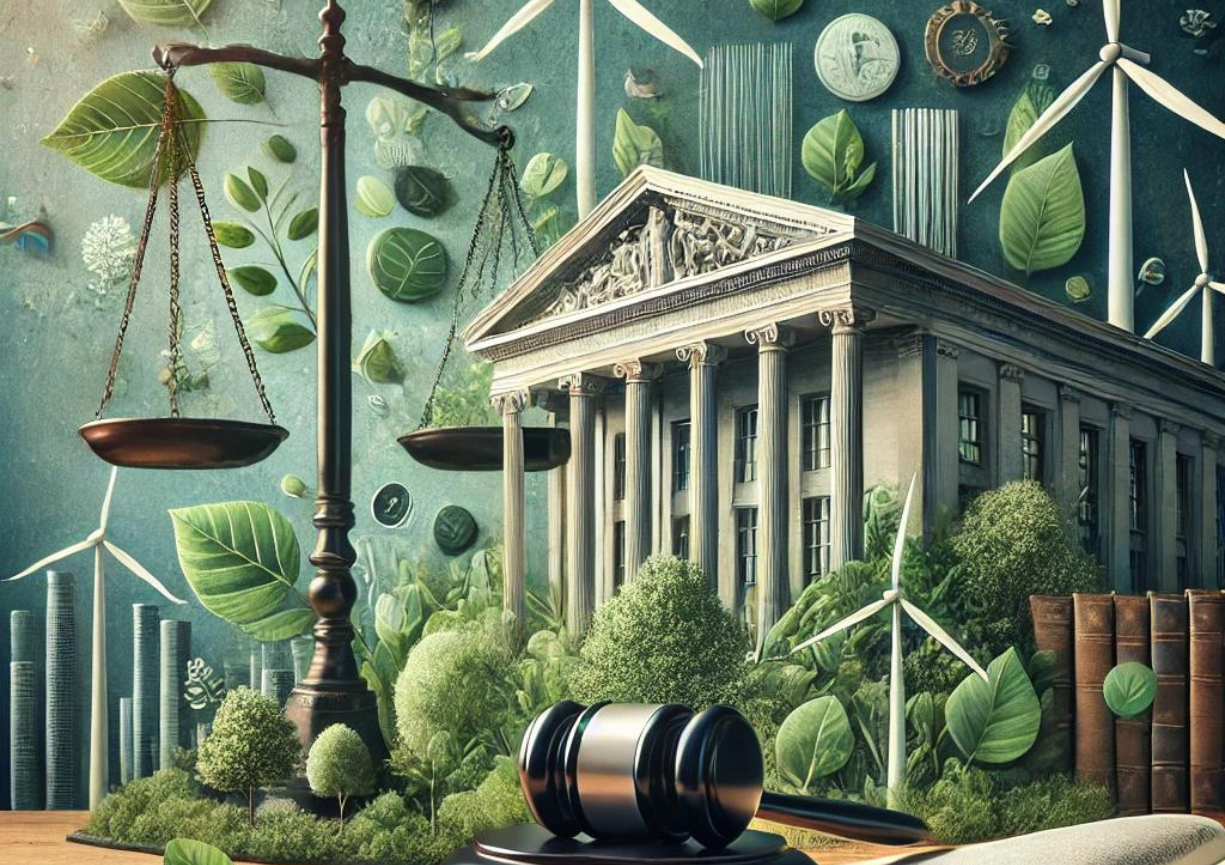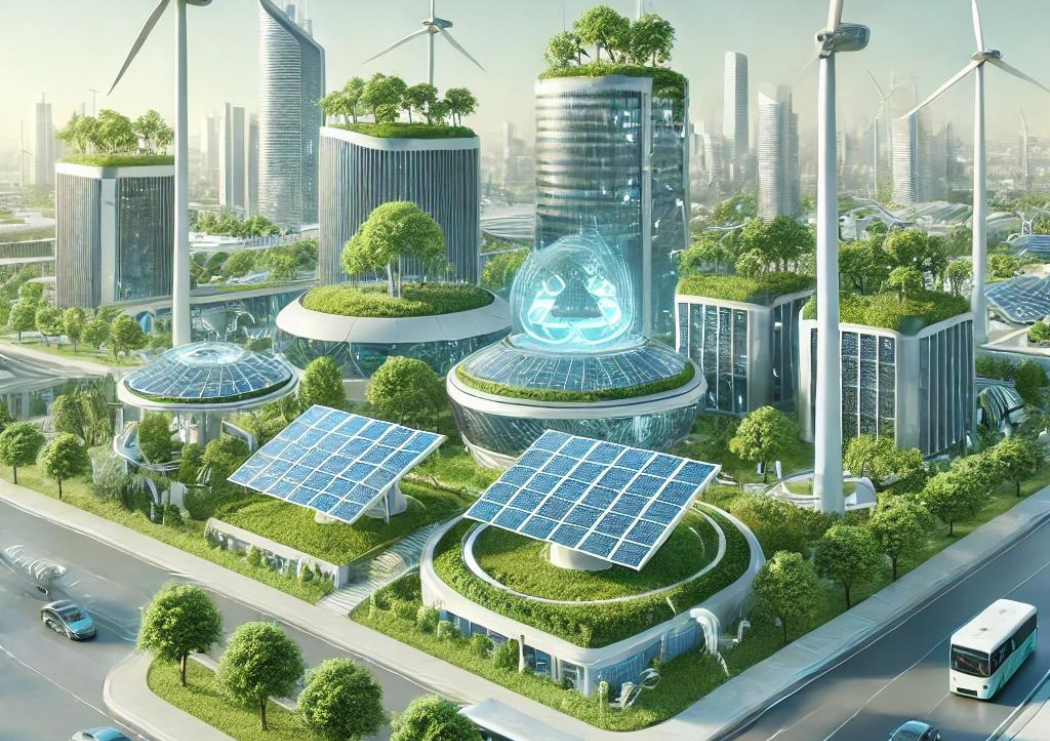How Smart Homes Can Reduce Energy Waste
1. Smart Thermostats for Efficient Heating and Cooling
Heating and cooling account for a large portion of home energy use. Smart thermostats, like Nest and Ecobee, learn user habits and adjust temperature settings automatically, ensuring optimal energy use. Features such as remote control, scheduling, and AI-driven climate adjustments prevent unnecessary heating or cooling, ultimately reducing waste.
2. Smart Lighting Solutions
Traditional lighting often leads to excessive energy consumption. Smart LED bulbs and lighting systems allow homeowners to control brightness, color temperature, and scheduling through mobile apps or voice commands. Motion sensors and timers help ensure that lights are only used when needed, preventing unnecessary power usage.
3. Energy-Efficient Smart Appliances
Smart appliances, such as refrigerators, washing machines, and dishwashers, are designed to operate at peak efficiency. They can detect usage patterns, optimize performance, and even alert users when maintenance is needed. These features help minimize energy waste and extend appliance longevity.
4. Smart Plugs and Power Strips
Many devices continue to consume power even when turned off, leading to phantom energy drain. Smart plugs and power strips allow users to monitor and control energy usage remotely, cutting off power to devices that are not in use. Scheduled automation ensures that appliances and electronics only draw power when necessary.
5. Home Energy Monitoring Systems
Smart energy monitors provide real-time data on energy consumption, helping homeowners identify inefficiencies. By understanding which devices consume the most power, users can make informed decisions about optimizing their energy use.
6. Solar Energy Integration
Smart homes can also integrate solar energy systems, maximizing the use of renewable power. Smart inverters and battery storage solutions help homeowners manage energy production and consumption effectively, reducing reliance on non-renewable energy sources.
7. Automated Window Shades and Insulation Control
Heating and cooling efficiency can be improved with automated window treatments. Smart blinds and shades adjust based on sunlight and temperature conditions, helping regulate indoor climate naturally and reducing reliance on HVAC systems.
Conclusion
Smart homes provide a practical solution for reducing energy waste, improving sustainability, and saving money. With the integration of smart thermostats, lighting, appliances, and energy monitoring systems, homeowners can take control of their energy usage while making a positive environmental impact. Investing in smart home technology is a step towards a greener, more energy-efficient future.
KimEcopak offers eco-friendly food & beverage packaging made from natural materials.






Leave a comment